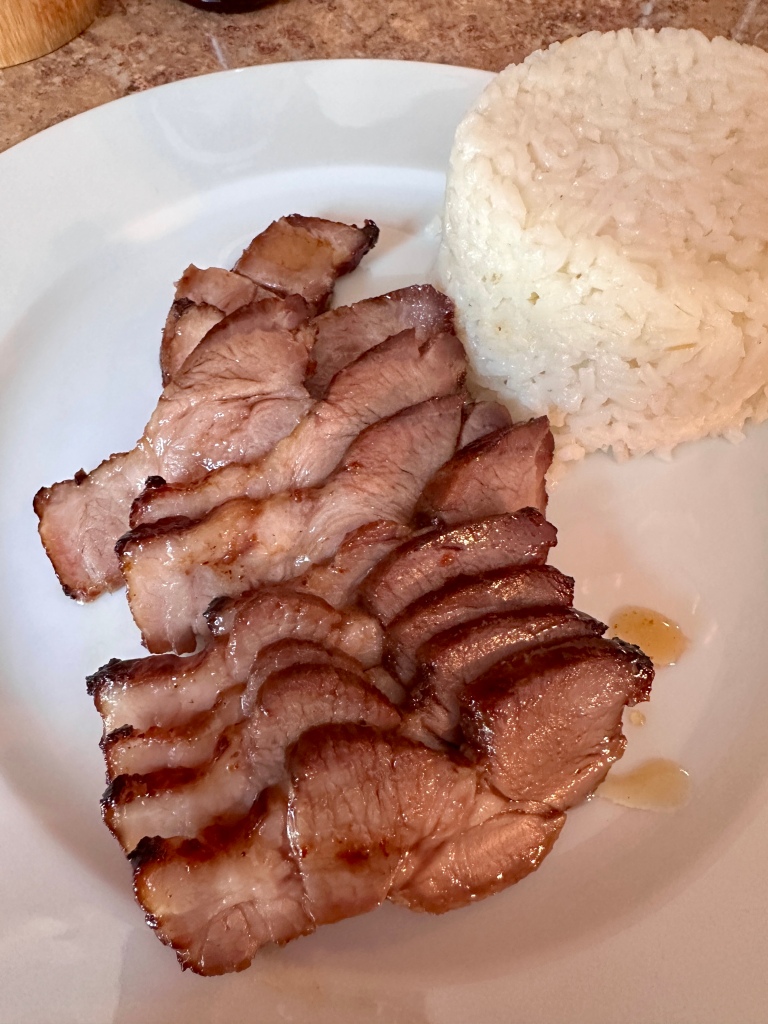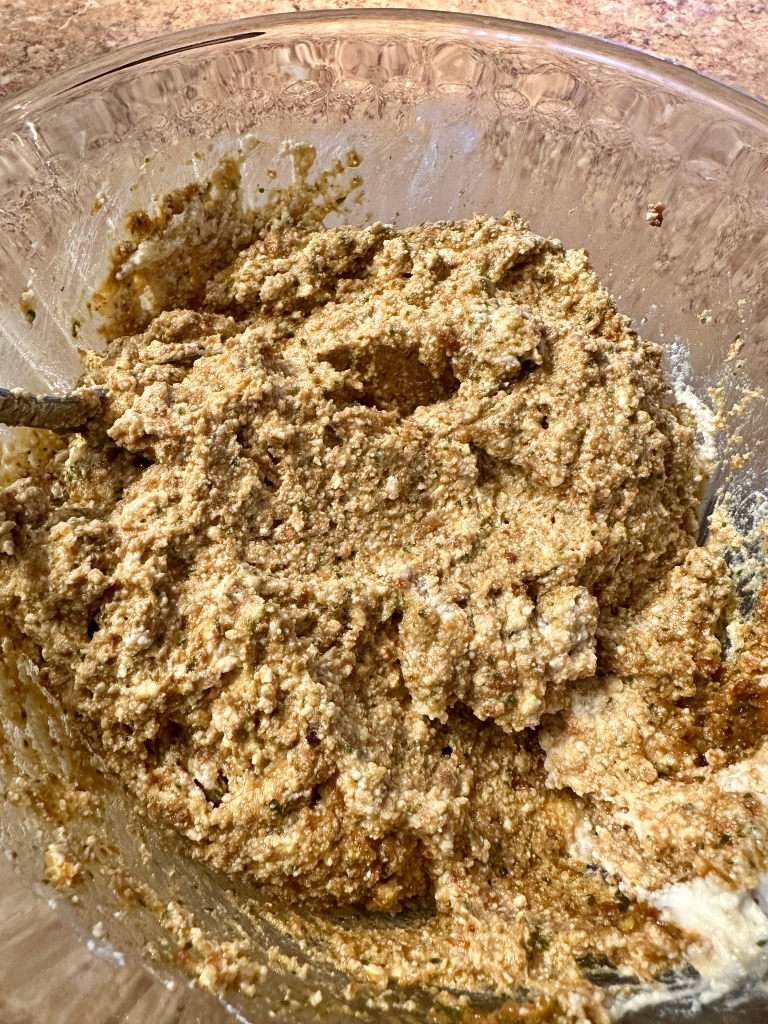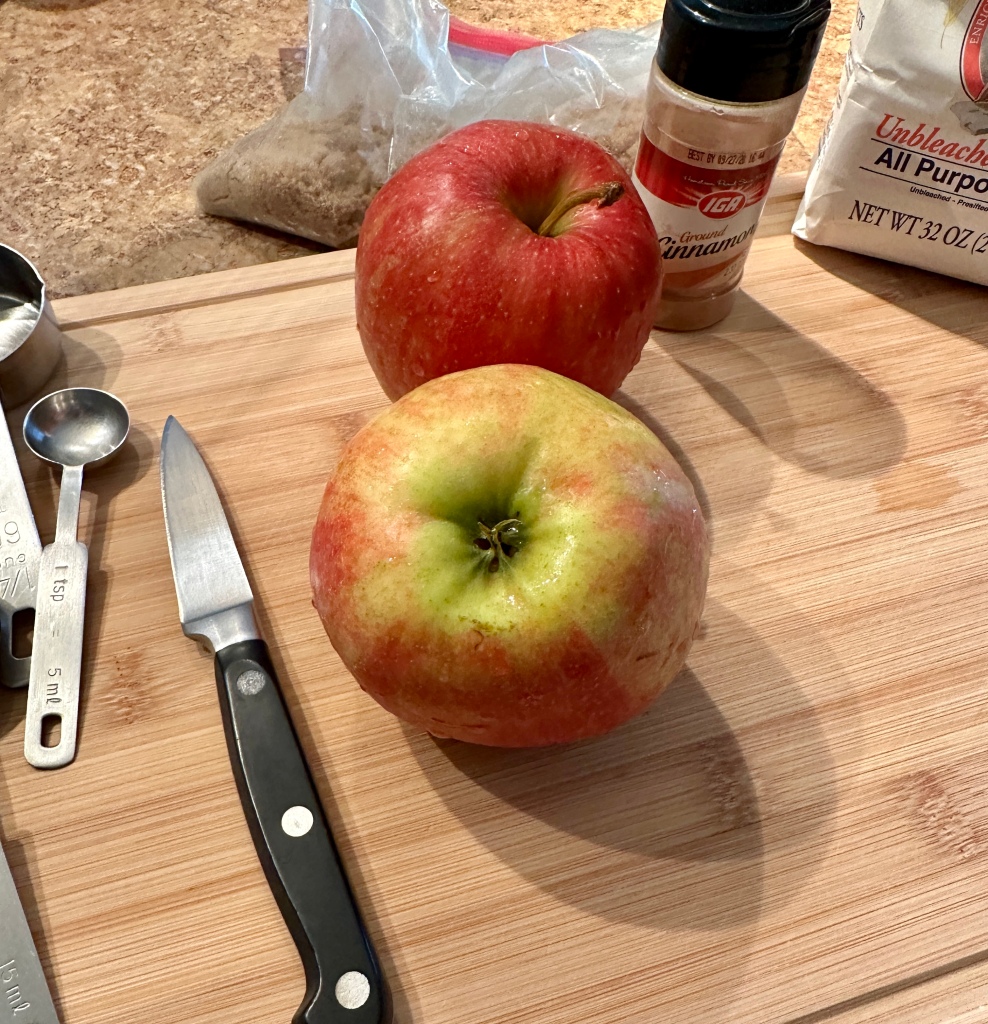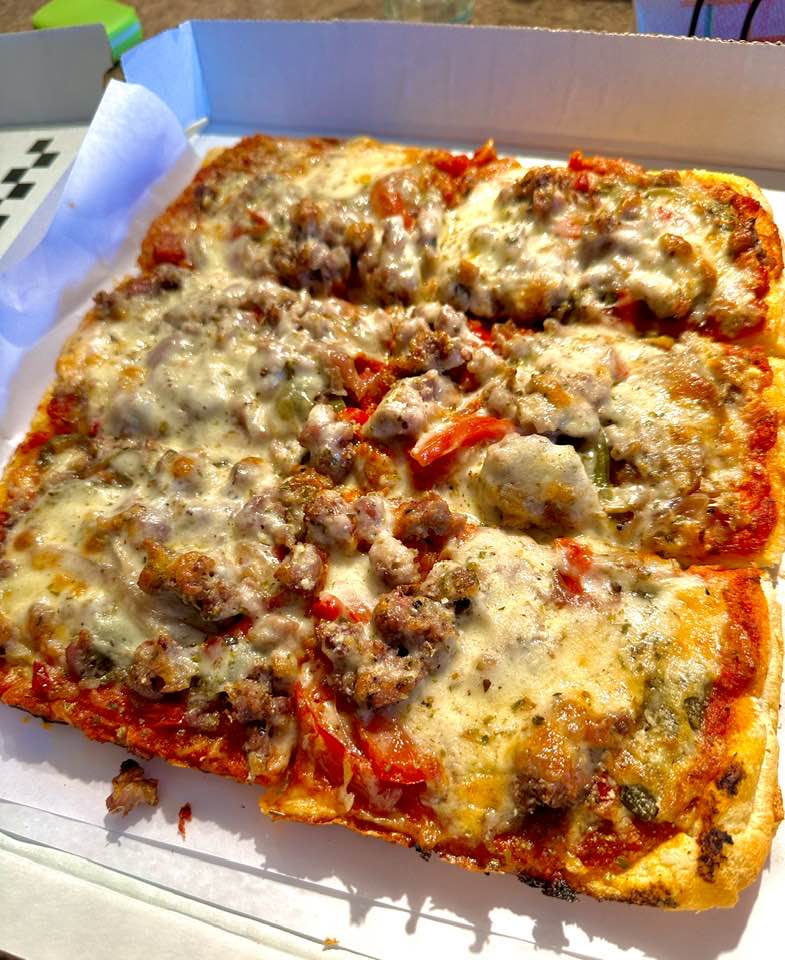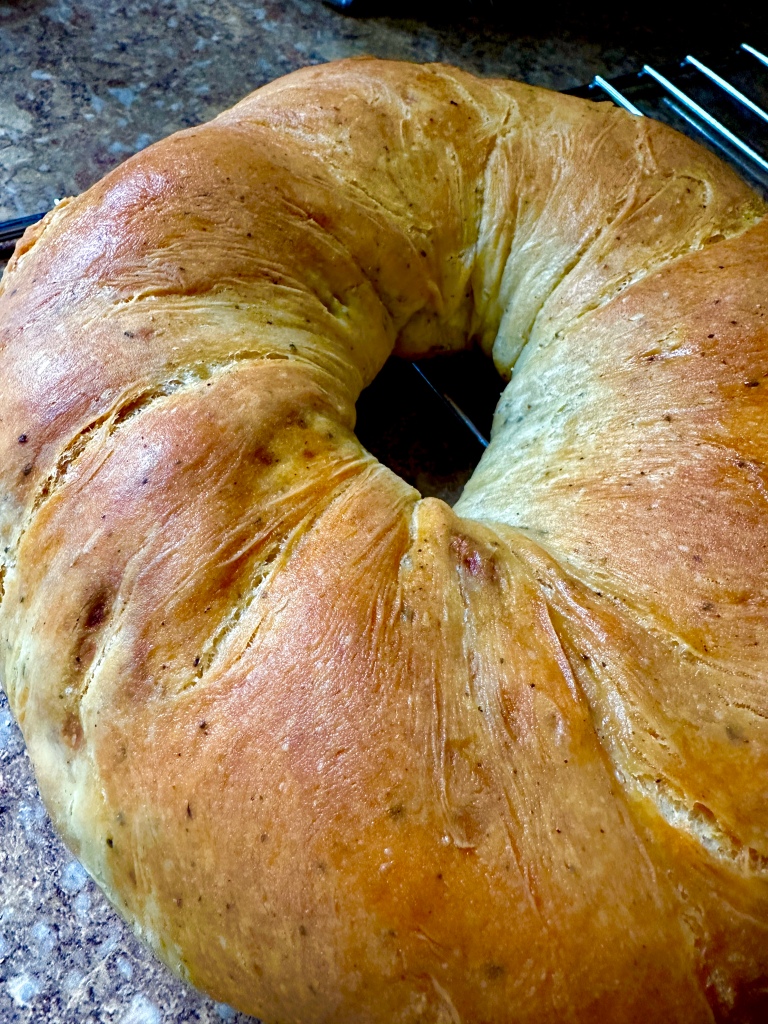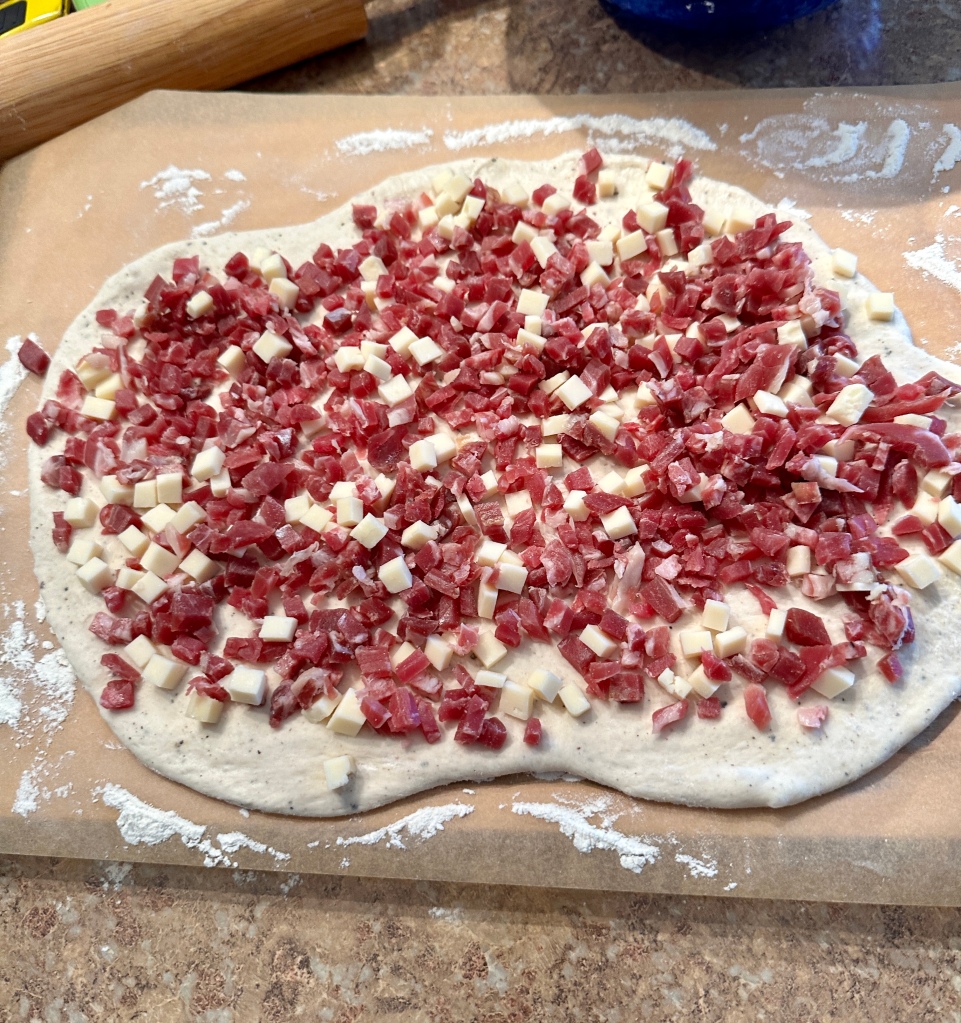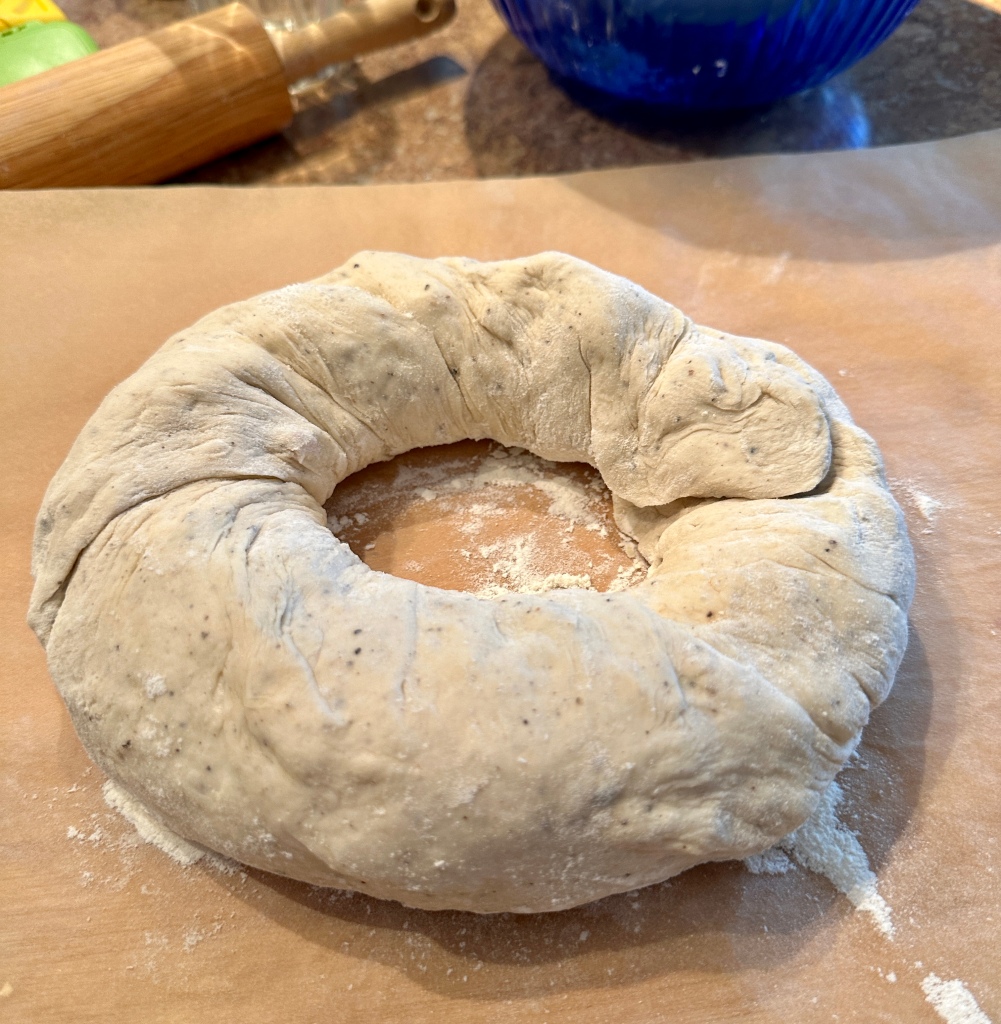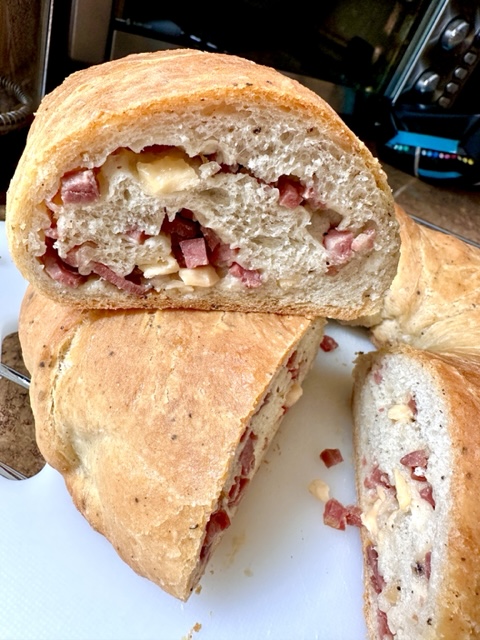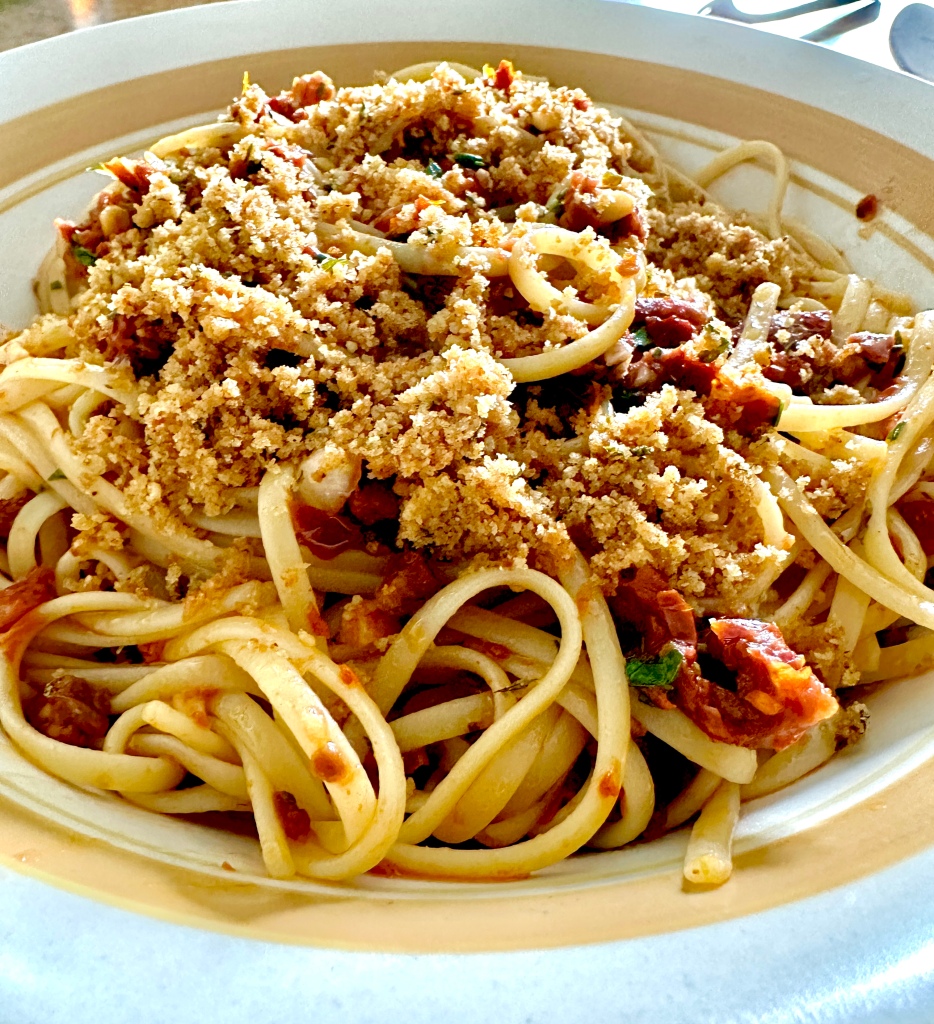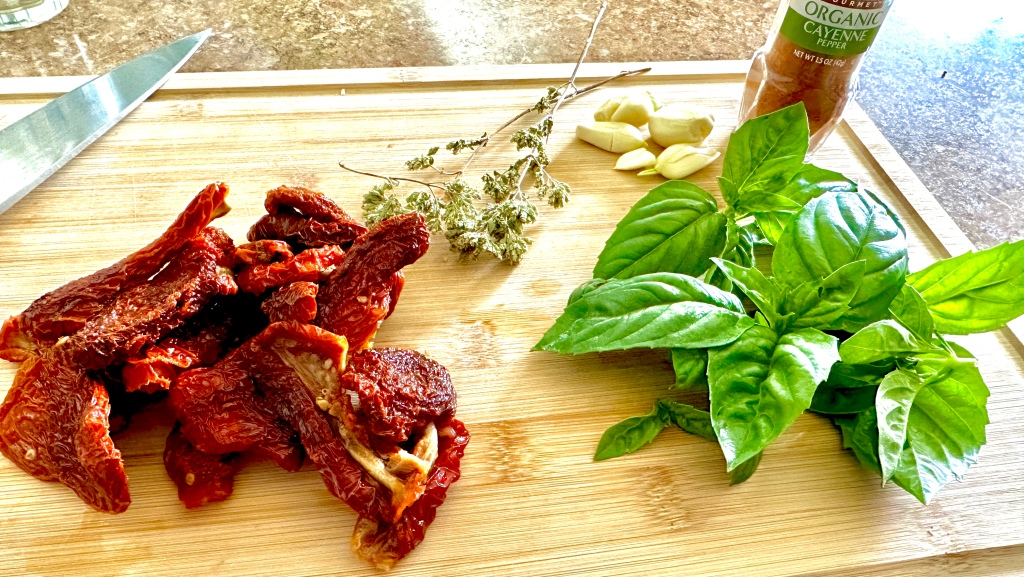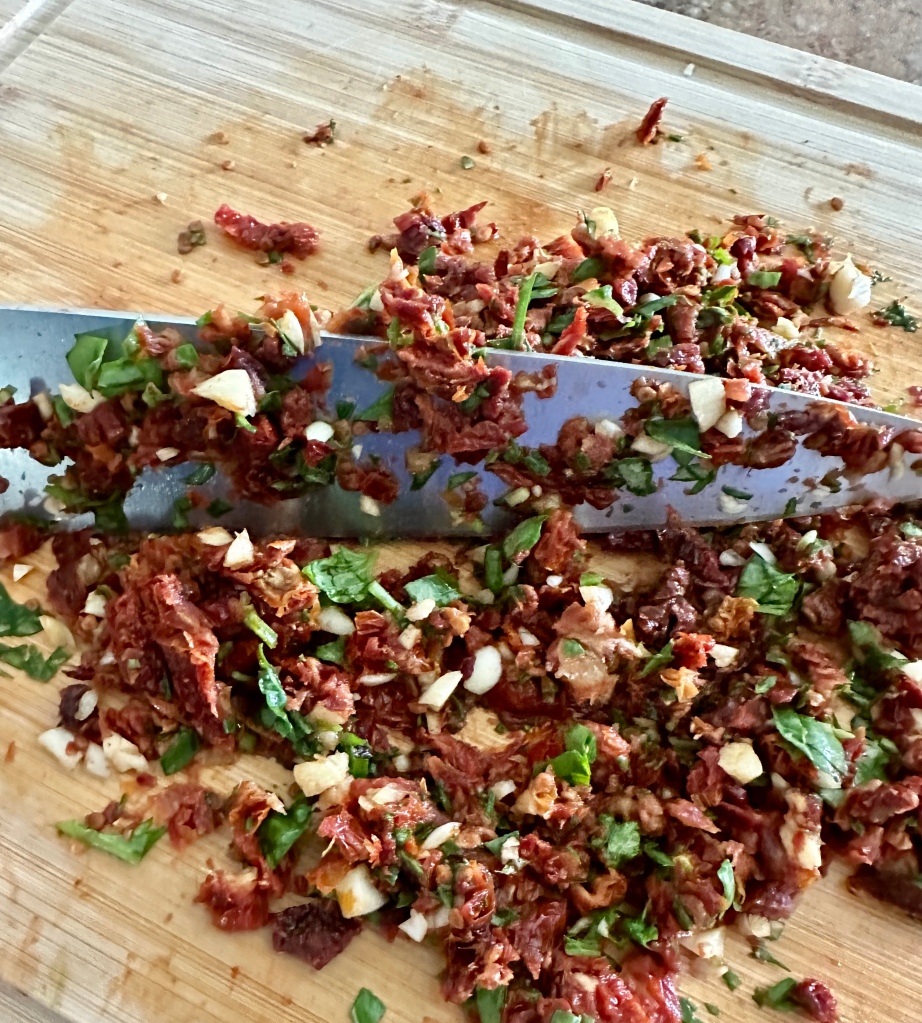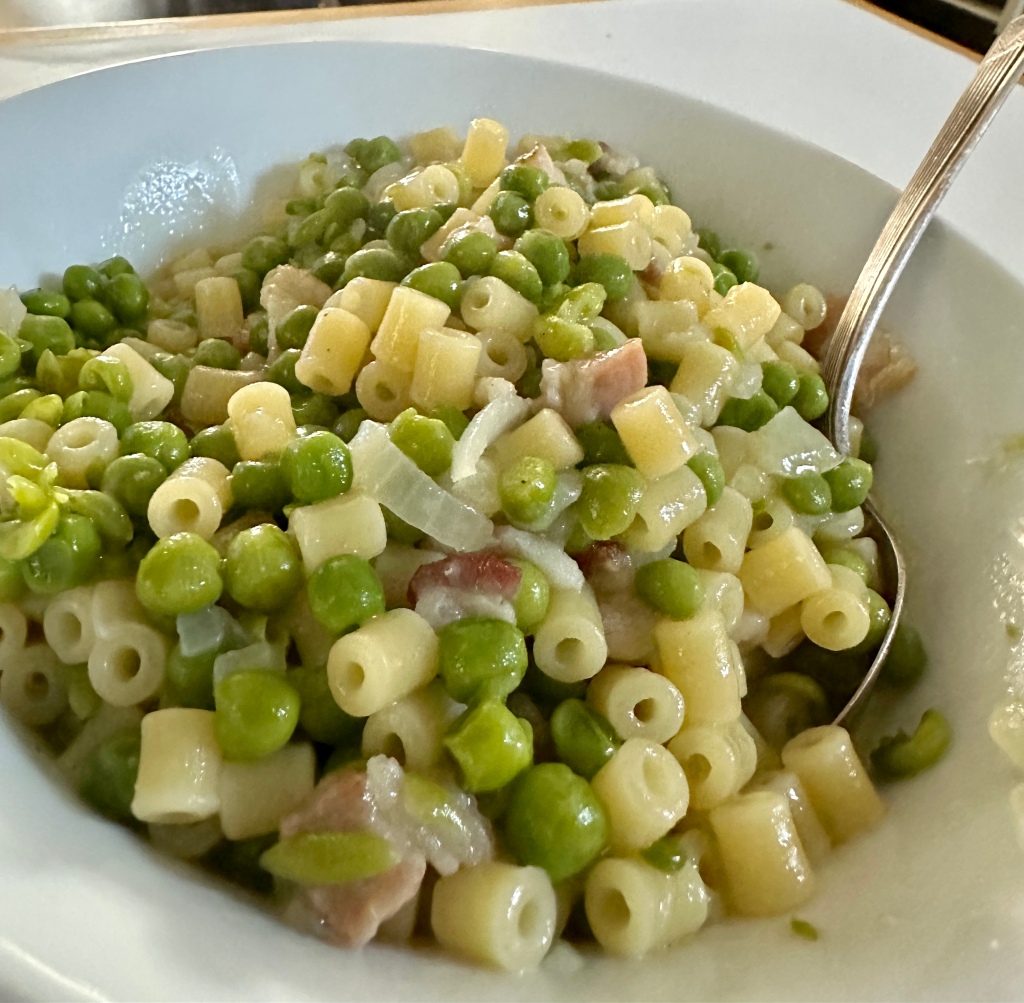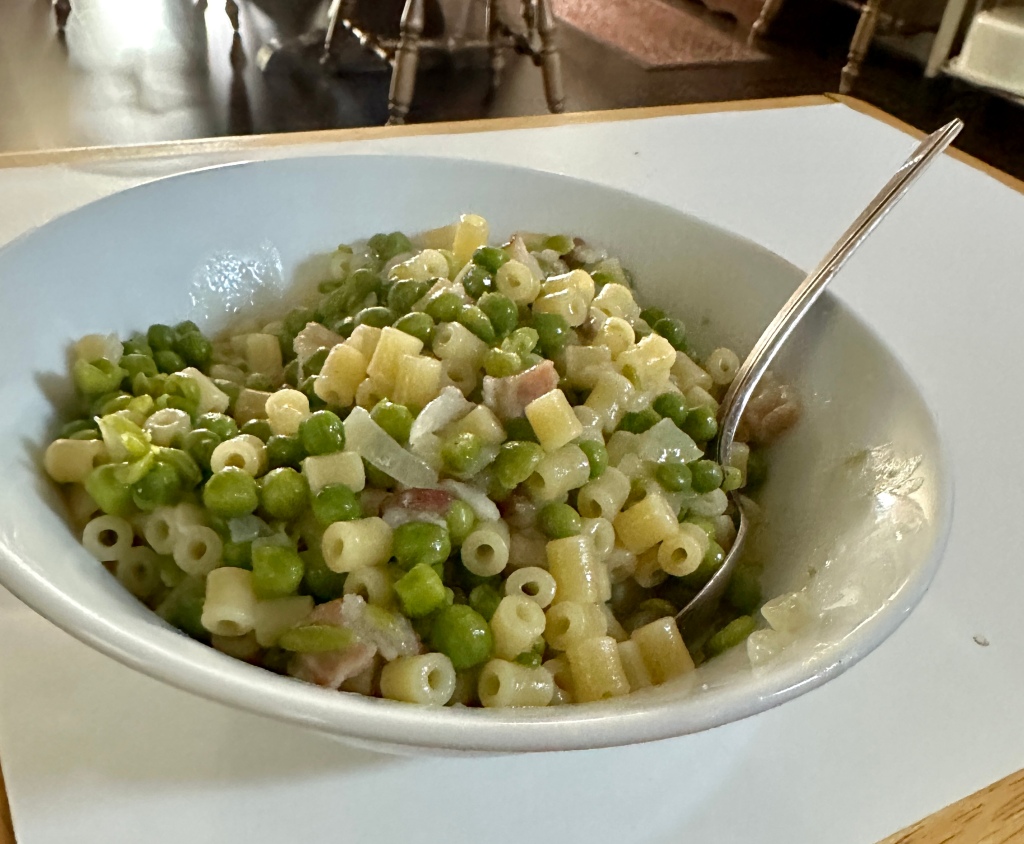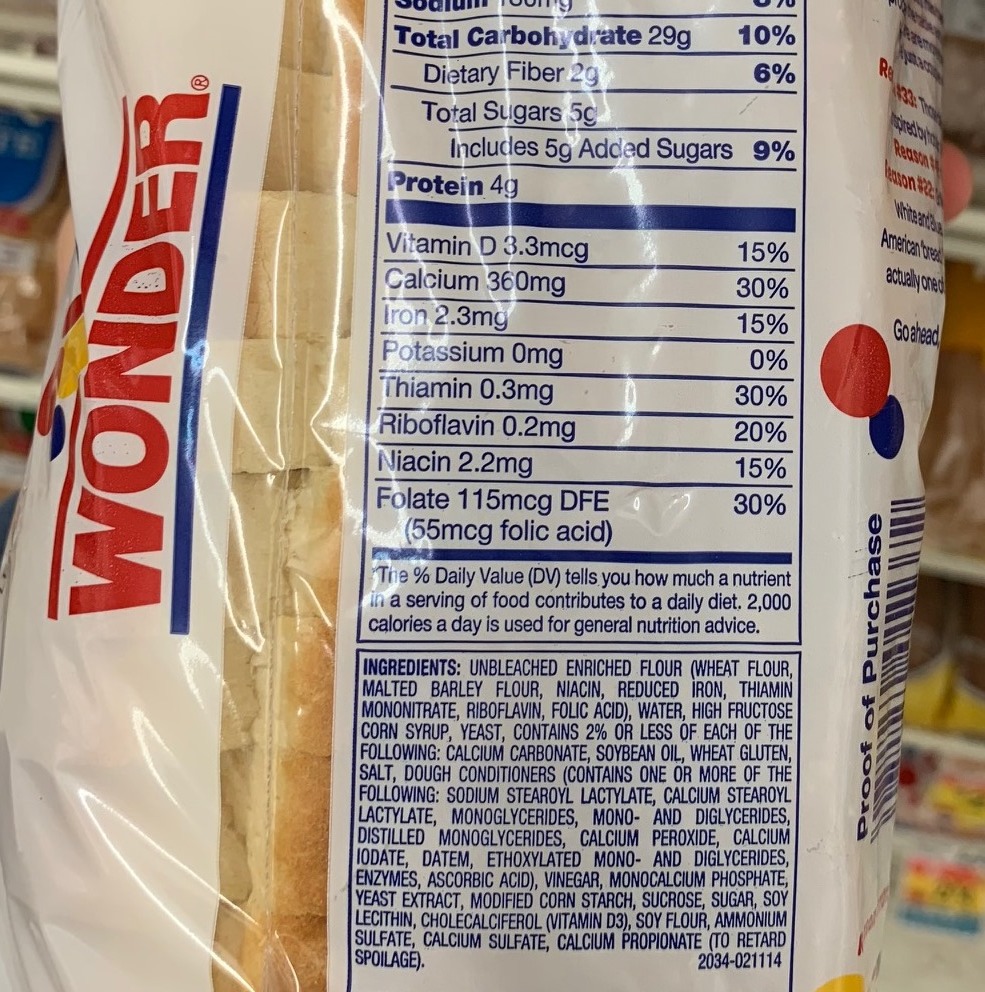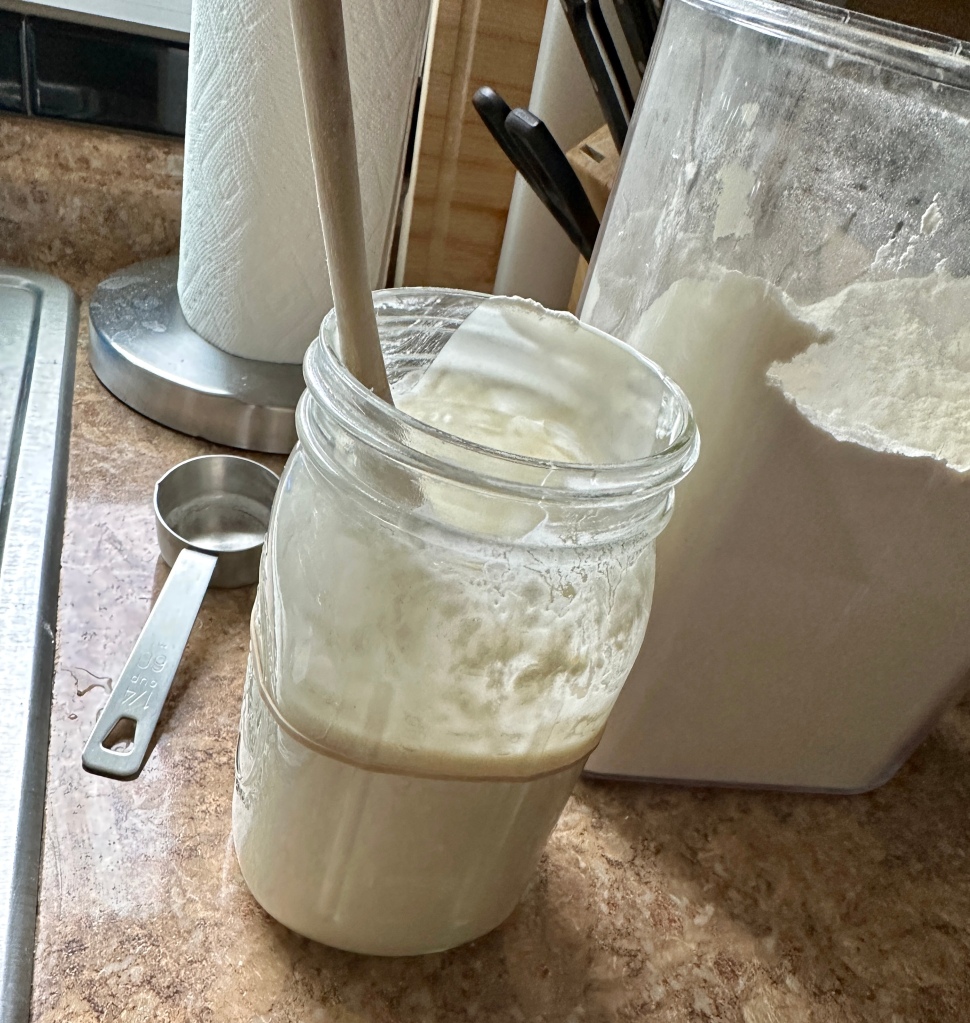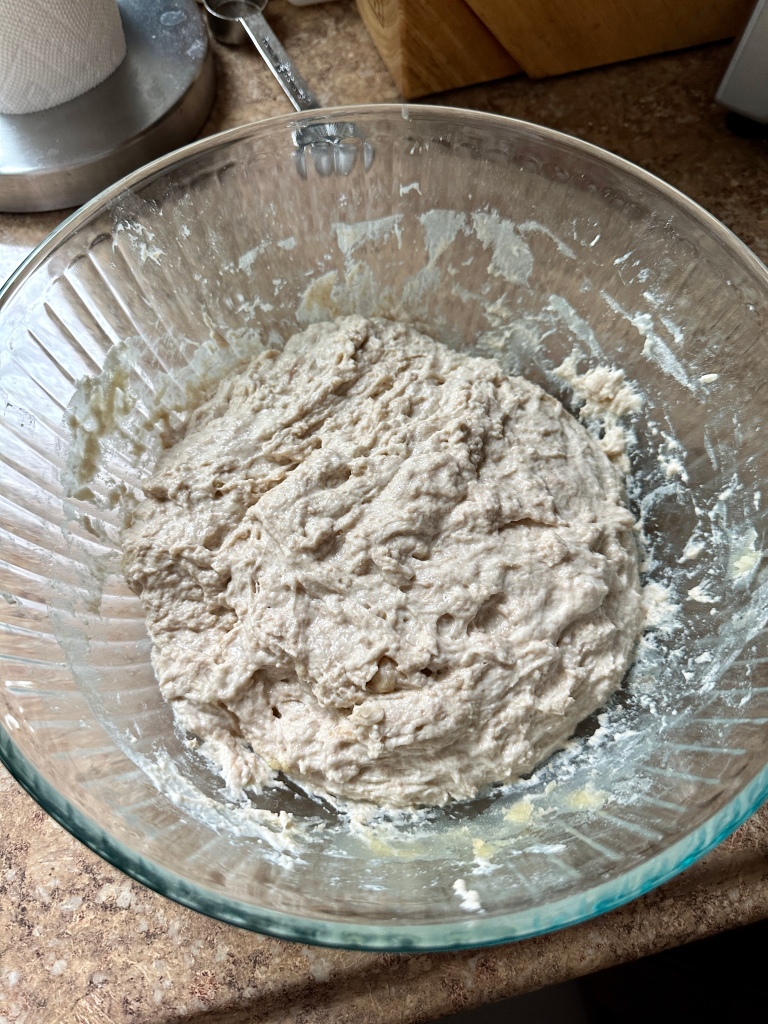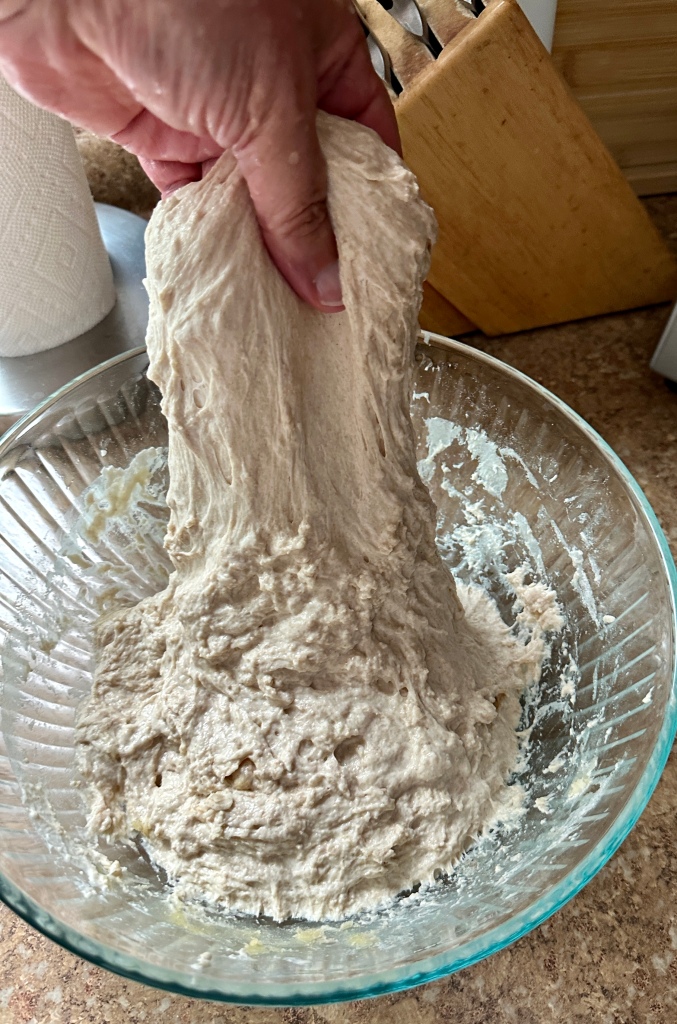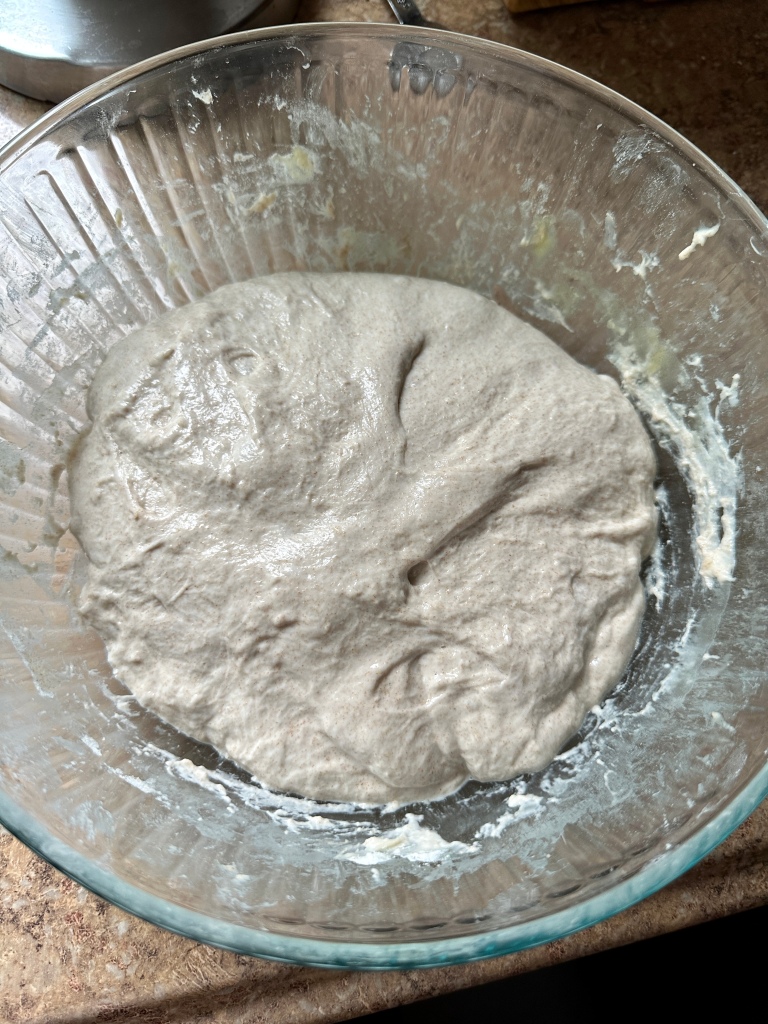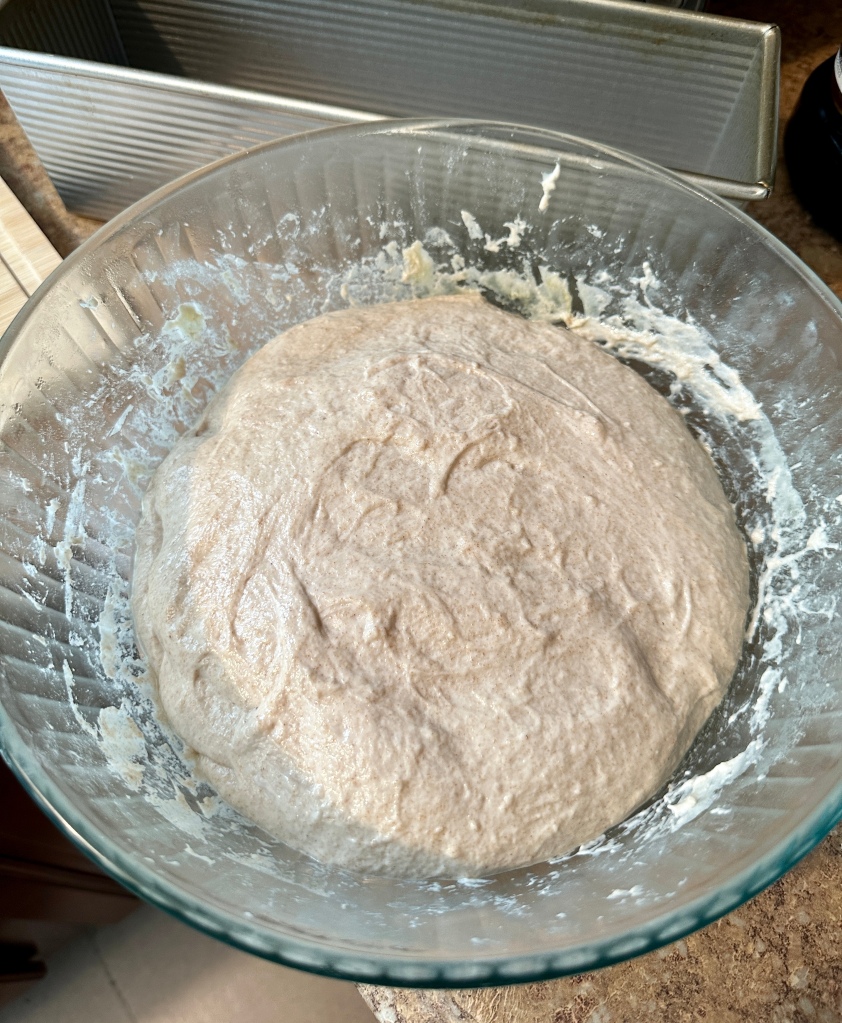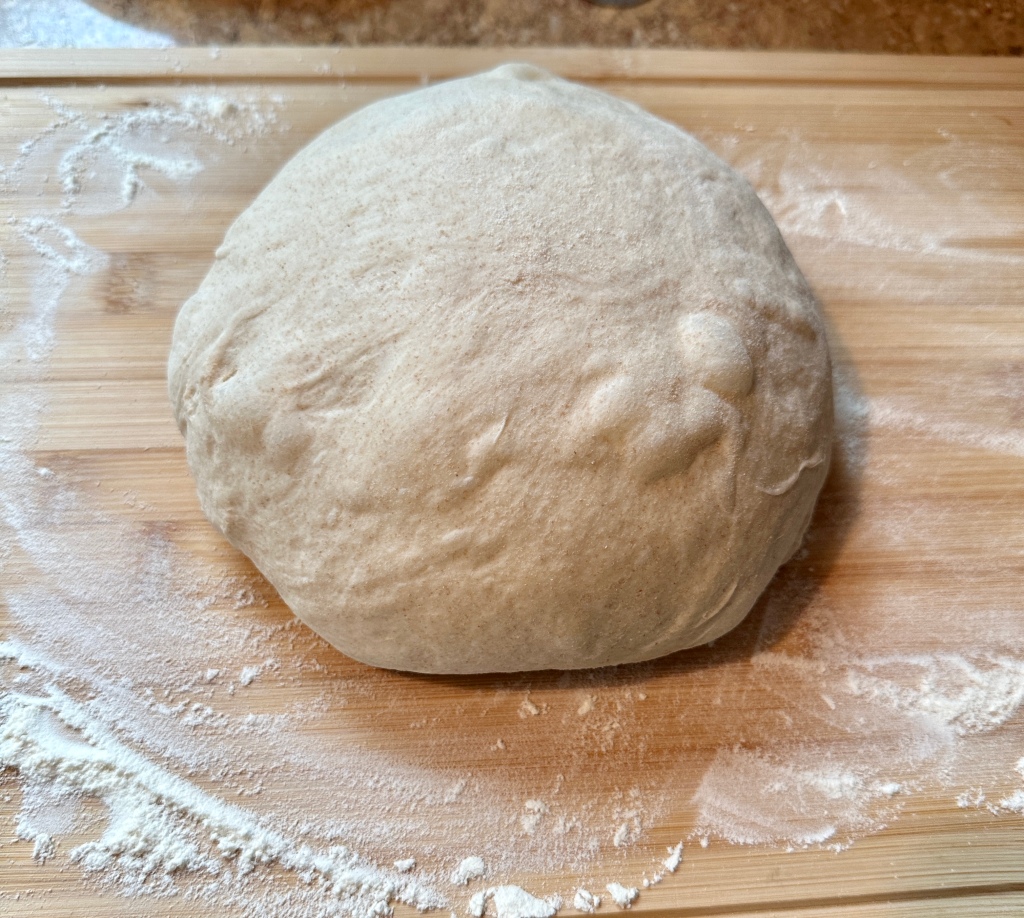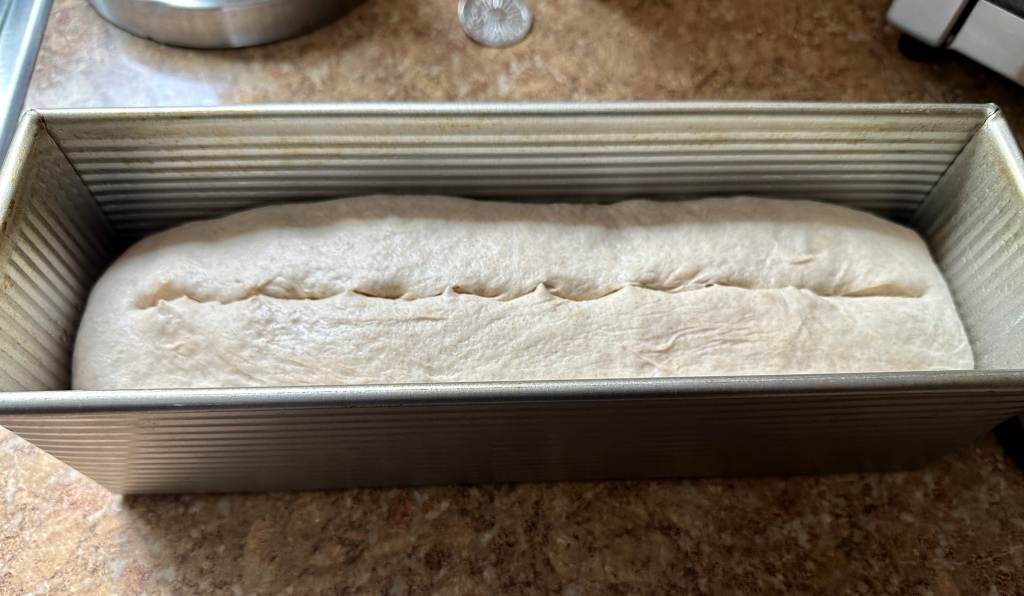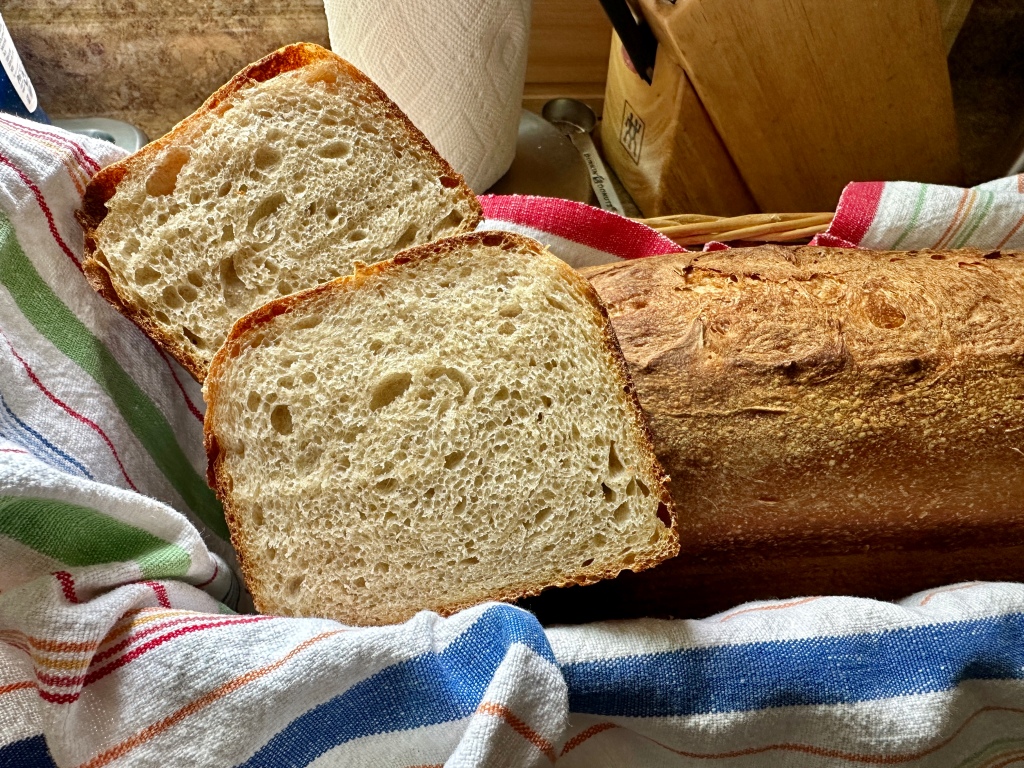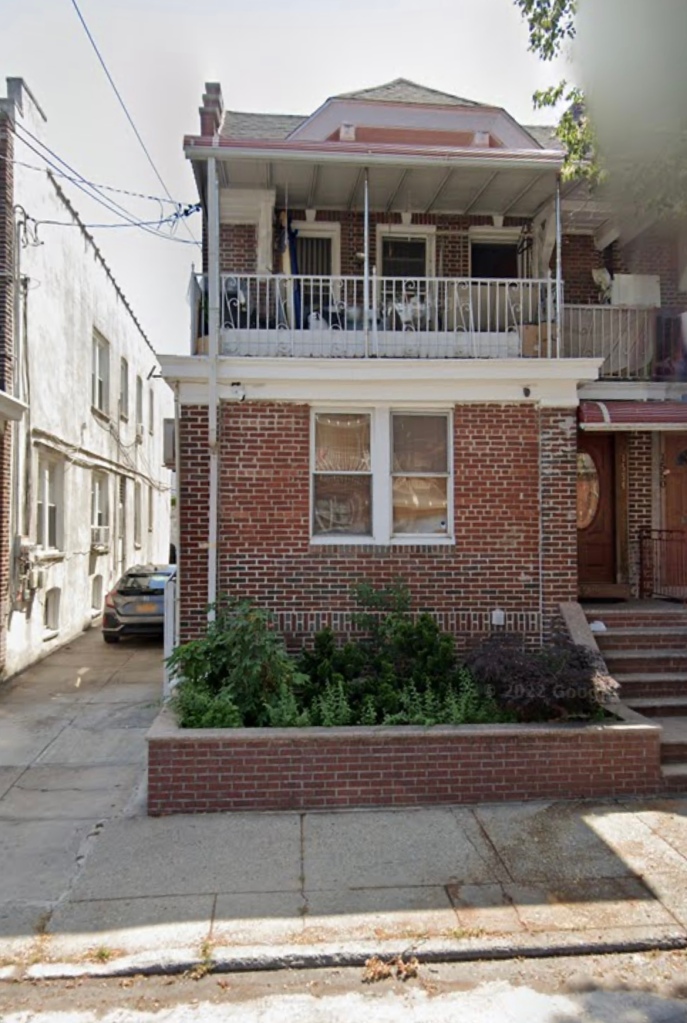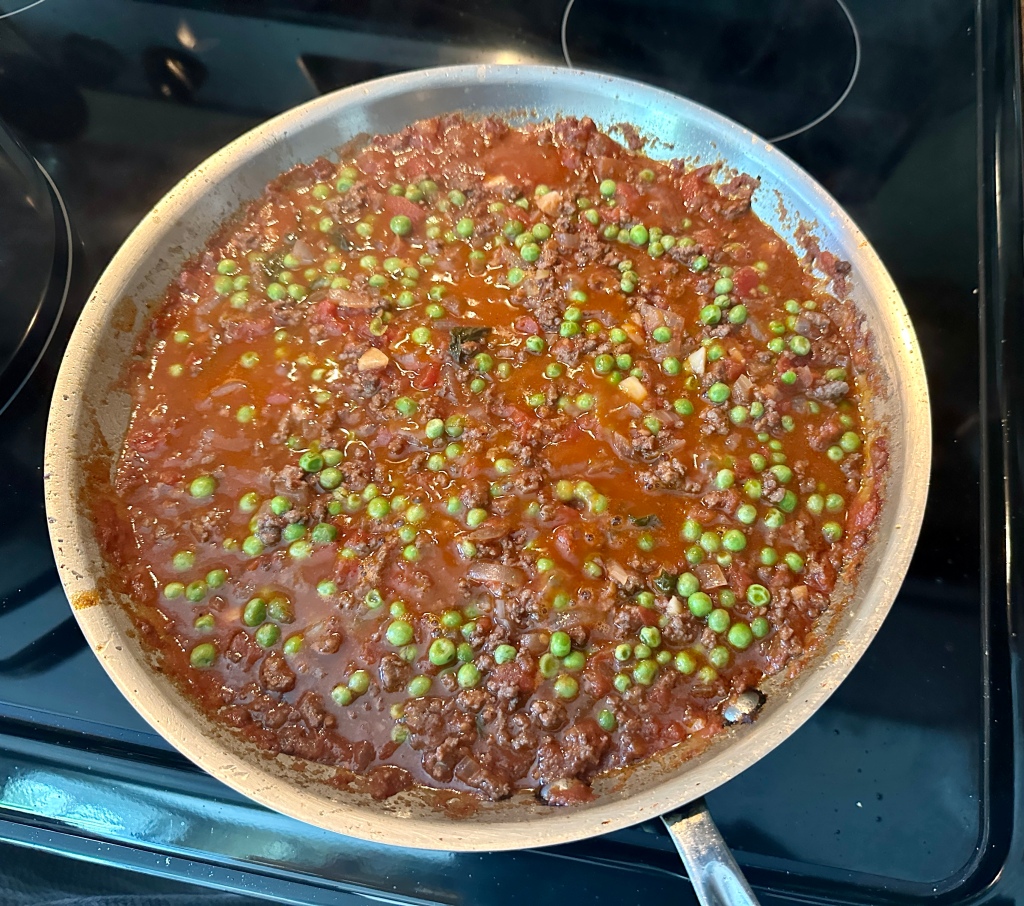
You read it right, Char Siu Pork. It’s a Chinese barbeque pork recipe. Now before I hear from someone that this is not Italian comfort food, I beg to differ. Hear me out. What Italian American growing up in the New York area in the 50’s and 60’s did not go out to eat Chinese food? What I mean is, when we went out to eat it was ONLY for Chinese food. I’m sure I was not the only family that did that. We never went to an Italian restaurant. Why would we? We had the best Italian food at home. Going out for Pizza was not considered going to an Italian Restaurant. It was going out for Pizza. The only thing we ate at a pizzeria was pizza, calzones and zeppoles. Period. Maybe an Italian ice or spumoni in the summer, but that’s it. So going out to eat for us was going for Chinese. It was good, plenty and CHEAP. I don’t know about you but my parents grew up during the great depression and they were extremely frugal. Back then the cheapest items were at the top of the menu and got more expensive as you went down. My father never ventured past the third item! Chinese food was the best deal in town. We always went out to eat as a family. The only spot on the menu my father choose from was the “Special Family Dinners” Choose 1 from group A and 2 from group B for a whopping $2.50 per person. For $3.00 per person you can choose two from group A (the more premium items) and two from group B. And of course it all included soup, egg roll, rice, tea, ice cream and fortune cookie.
So naturally eating in a Chinese restaurant was always a unique experience. Nothing we got there was ever made at home. Even the tea was special. I remember drinking the hot tea from those little cups without any handles. No milk, just sugar. I loved it. And the crispy noodles dipped in the duck sauce was their Italian bread at the table. My mother loved the hot mustard and put it on everything she ate. After the soup was served we were served our egg rolls. After that we all got clean plates and the waiter brought out the main dishes in those metal covered serving stands. It was always a thrill opening the dish and spooning out some chow mein onto our crispy noodles and white rice waiting on the plate. A few dabs of Chinese mustard and a sprinkle of soy sauce, mix and enjoy.
I loved the roast pork dishes. This recipe is for the Chinese barbeque pork. We have all had it. It’s delicious and sweet and savory with that signature red color on the outside. It comes in many different varieties like the strip of pork in lo mein and bits in fried rice and has morphed into many different items over the years, like boneless spare ribs.

Char Siu pork is made from the fatty cuts of pork like boneless pork shoulder roast. Boneless country ribs are also a good substitute to use. The leaner cuts of pork can also be used but will lack in tenderness and flavor. You need the fat. Pork belly is probably the best to use but I use a boneless pork shoulder roast for this recipe.

I cut it long ways along the grain into 1″ slices or strips. When the pork is cooked you slice it against the grain and enjoy a delicious tasty morsel with rice or noodle accompaniment.
Char Siu Pork
- 2 pounds of boneless pork shoulder roast cut into 1 inch slices or strips
- 4 tablespoons hoisin sauce*
- 3 tablespoons oyster sauce*
- 3 tablespoons granulated sugar
- 2 tablespoons regular soy sauce
- 1 tablespoon Shaoxing rice wine*
- 1/2 teaspoon sesame oil*
- 1 cube fermented red bean curd, regular red or rose are both fine*
- 3-5 drops of red food coloring, optional
- 1 1/2 teaspoons garlic powder
- 1/2 teaspoon Chinese five spice powder*
* Can be found in many Asian grocery stores and the Asian isle of your supermarket. If you don’t have any in your area, they are all on Amazon.
For the honey glaze:
- 3 tablespoons honey
- 1 tablespoon water
In a small bowl, mix together all the ingredients except for the pork shoulder. Smash up the fermented bean curd in the bowl using the back of a fork.
With the tines of your fork, puncture holes in the meat all around so it will absorb the marinade better. Place the pork shoulder or country ribs in a gallon zip lock bag, along with the prepared marinade. Squeeze out the air and seal the bag. Massage the marinade all over the pork for at least 2 minutes to get into every piece of pork. Refrigerate and allow the pork to marinate for at least 8 hours or overnight.
One hour before you bake the pork, take the marinating pork and leave in the bag on top of your counter to bring it to room temperature. Preheat the oven to 425 degrees F. Position the baking rack in the middle of the oven. Prepare a sheet pan lined with aluminum foil and a roasting rack on top.
Place the marinated pork on the prepared roasting rack, leaving as much space in between each piece as possible. Reserve the leftover marinade and place in a bowl.
Bake the pork for 45 minutes. Every 15 minutes, flip each piece of pork and baste on a layer of the reserved marinade. If the marinade dripping starts to burn, add some water to the pan and refill as needed if the pan becomes dry.
While the pork is cooking make the honey glaze. Just combine the honey and water in a bowl and mix well. Set aside.
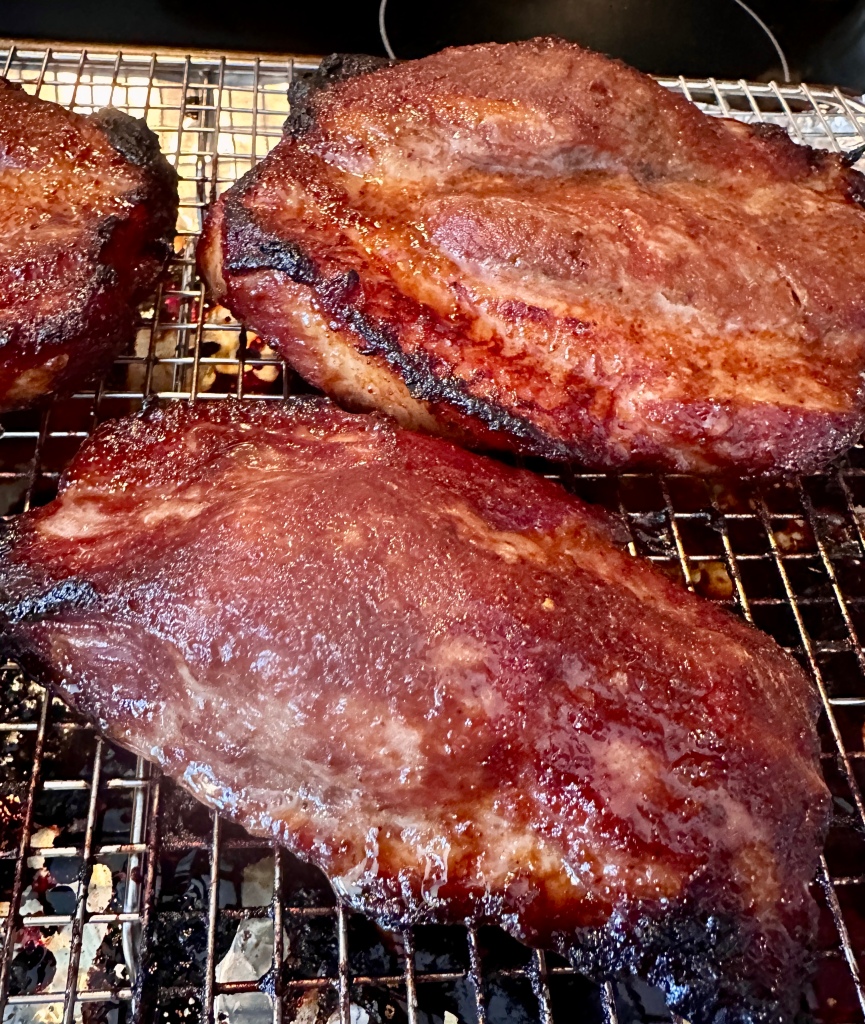
After the final 15 minutes of roasting the pork should be juicy and perfectly cooked on the inside and slightly charred and caramelize on the outside. If it isn’t set the oven to high broil setting for a couple of minutes. Keep an eye on it so it doesn’t burn.
Once the pork is done, remove it from the oven and allow it to rest for 10 minutes. While resting, lightly brush some prepared honey glaze on the char siu. Make sure you use a clean brush.
After resting, cut the char siu into 1/4″ slices. Drizzle a bit more honey glaze on the char siu and enjoy!
